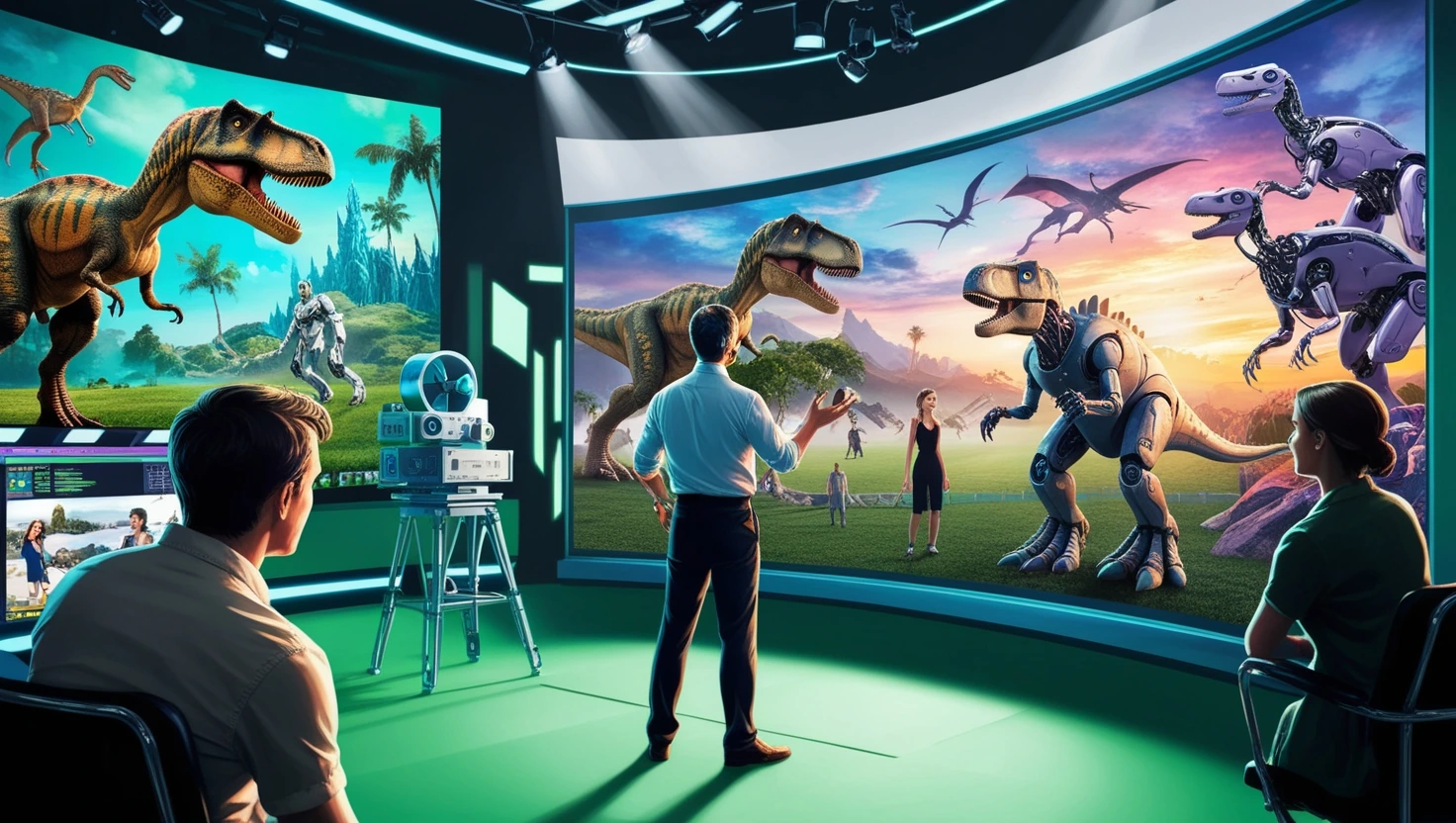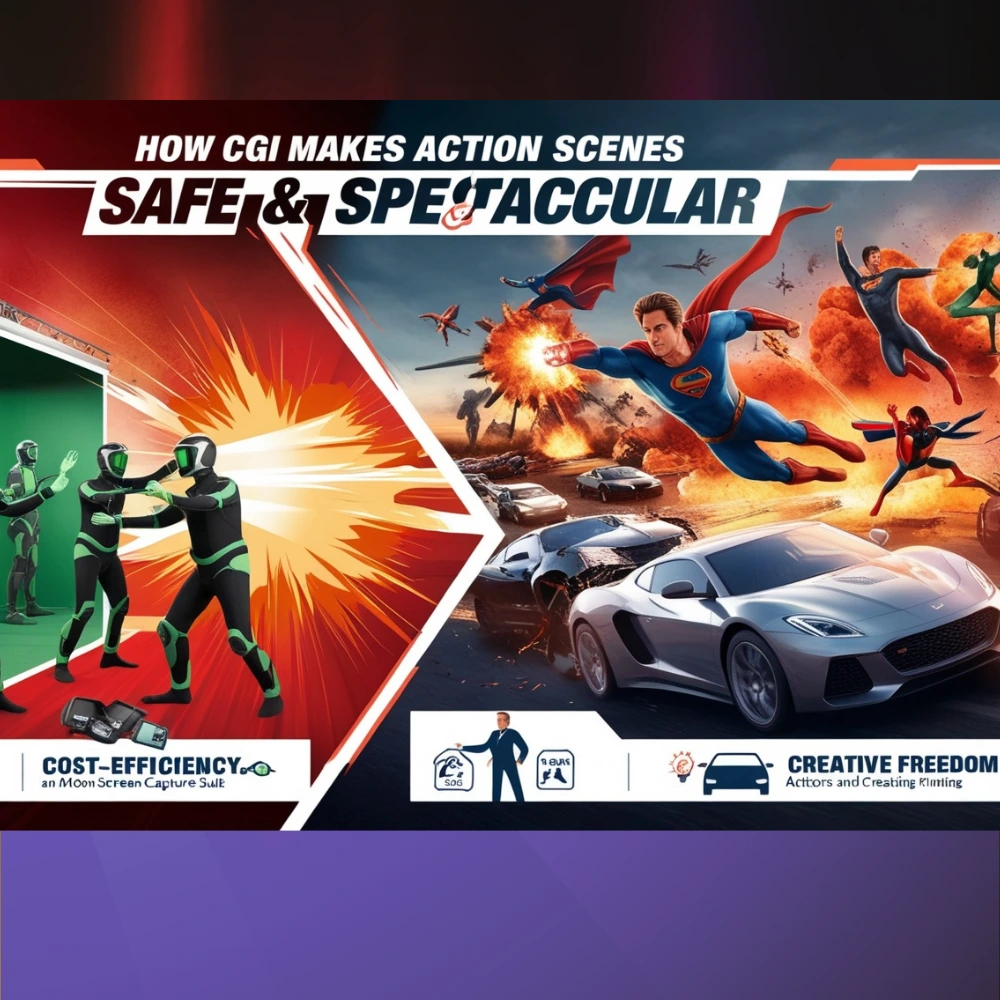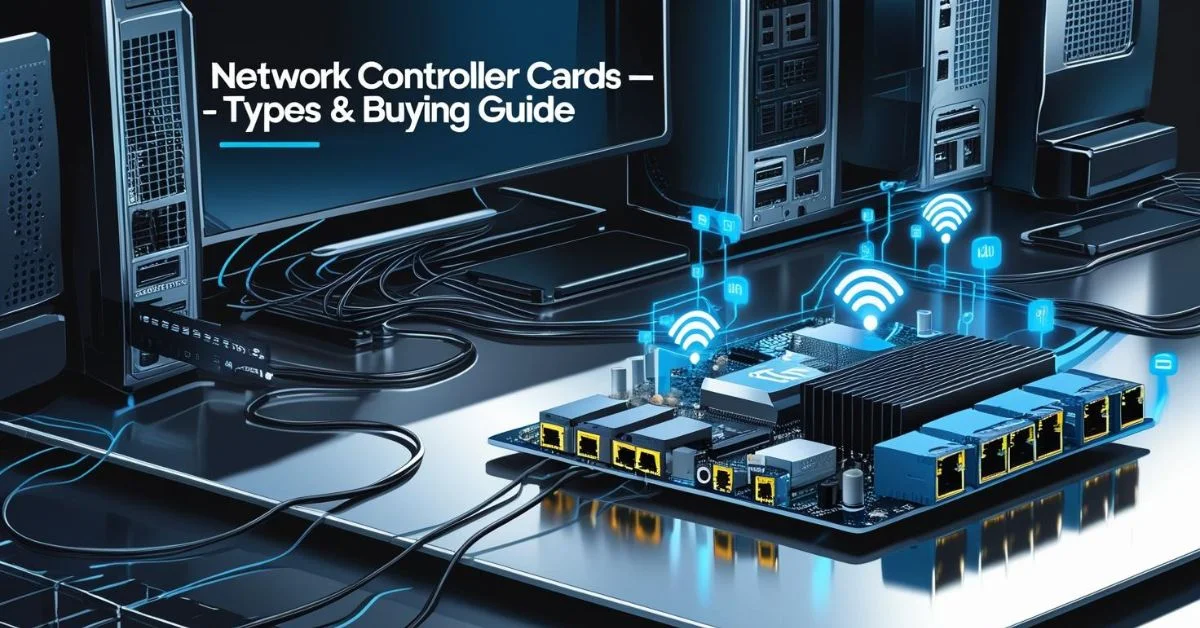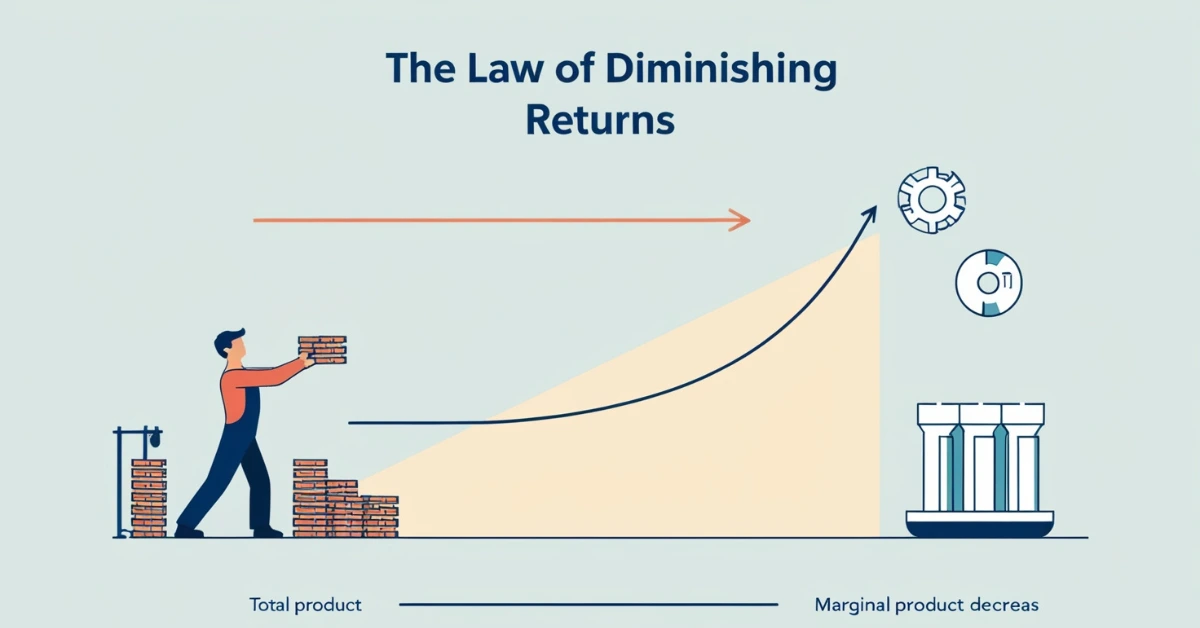Computer Generated Imagery, commonly known as CGI, has completely changed the way films and digital content are made. From blockbuster movies to social media clips, CGI is used everywhere. It helps bring imagination to life and lets creators build amazing visuals that wouldn’t be possible in the real world.
What is CGI?
CGI stands for Computer Generated Imagery. It means creating images using computer software instead of filming them in real life. This can be something as simple as changing a background in a scene or as complex as creating entire characters, cities or even planets. CGI can be 2D (flat images) or 3D (realistic looking scenes).
A Brief History of CGI
CGI started making small appearances in the 1970s. Back then, the technology was new and very expensive. Over time, it improved and became more affordable.
Some major moments in CGI history include:
- “Tron” (1982): One of the first movies to use CGI to show a digital world.
- “Jurassic Park” (1993) :combined physical animatronic dinosaurs with computer graphics to make the creatures look incredibly realistic.
- “Toy Story” (1995): became the first full-length movie created completely with computer animation, marking a major milestone in CGI history.
These movies showed the world what CGI could do and encouraged more filmmakers to use it.
How CGI is Used in Films Today?
CGI has many uses in films and digital media. Here are some of the most common ways it’s used:
1. Creating Imaginary Worlds

CGI allows filmmakers to build worlds that don’t exist in real life. This includes:
- Fantasy lands with dragons and castles
- Alien planets in space movies
- Futuristic cities in sci-fi films
It helps directors tell stories that would be impossible to show using just real sets.
2. Bringing Characters to Life
CGI is used to make characters that look real but aren’t human or even alive. Examples include:
- Talking animals in animated movies
- Robots in action films
- Monsters, ghosts, and superheroes
These characters can move, talk, and interact just like real actors, thanks to CGI.
3. Making Action Scenes Safe and Exciting
Big action scenes, explosions, or car crashes can be dangerous and expensive to film. CGI allows filmmakers to:
- Add explosions without real fire
- Show cars flying through the air
- Create large crowds or armies
It makes the scene exciting while keeping the actors and crew safe.
4. Fixing and Enhancing Shots
Sometimes filmmakers use CGI to fix small mistakes or improve scenes. They can:
- Remove wires or equipment
- Add a better sky or background
- Improve lighting and shadows
This saves time and money and helps the movie look polished.
5. Blending with Real Scenes
CGI often works together with real scenes. For example, a real actor might walk through a real hallway but the monster chasing them is added later using CGI. This mix of real and digital elements makes the scene more believable.
Why Filmmakers Love CGI?
Filmmakers prefer using CGI because it gives them the freedom to tell any story, no matter how wild or impossible it may seem. Instead of being limited by real-world locations or physical sets, they can design entire universes inside a computer. This is especially helpful in fantasy, sci-fi, or superhero movies.
Here’s why CGI is so popular in the industry:
- Creative Freedom: Directors can show dragons flying, buildings collapsing or superheroes battling in the sky all without real life restrictions.
- Saves Time & Money: Building a castle set or shooting on location in space would be extremely expensive. CGI allows that to be done digitally.
- Safety on Set: Dangerous scenes like explosions, crashes or stunts can be created digitally, keeping actors and crew safe.
- Consistency: CGI allows filmmakers to control every detail from lighting to weather,which helps keep scenes consistent, especially when filming over several months.
- Faster Revisions: If something doesn’t look right, it can be fixed on a computer rather than reshooting a whole scene.
CGI in Digital Media
CGI isn’t just used in movies anymore. It’s also common in:
- Video games: For creating characters, backgrounds, and action scenes.
- TV shows and web series: Especially in sci-fi or fantasy genres.
- Commercials: To show products in cool or impossible ways.
- Social media content: Filters, animations, and short videos often include CGI effects.
Even small creators use CGI now, thanks to free or low cost tools available online.
Common Tools and Software for CGI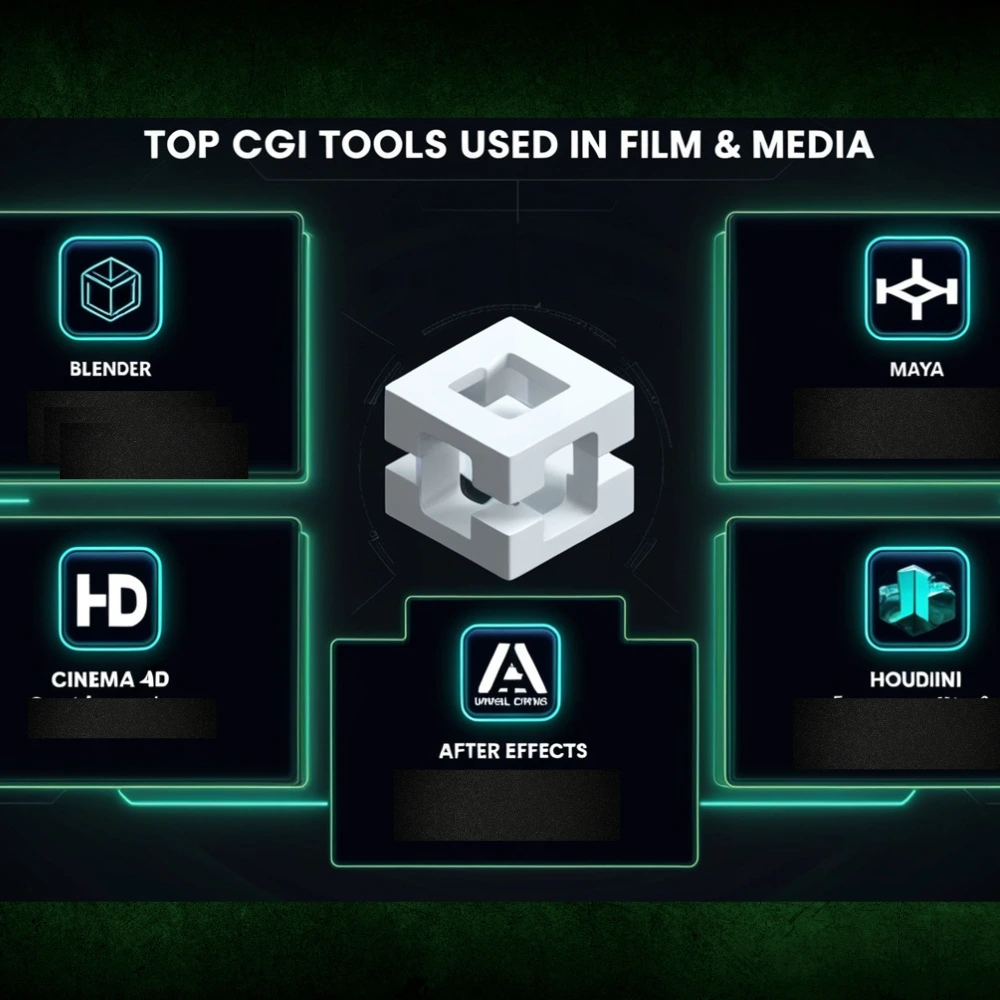
Some popular CGI software includes:
- Blender: is a free, open source software that’s easy for beginners to start with but powerful enough for advanced users too.
- Maya: is a popular CGI tool often used by professional studios to create animations and visual effects for movies.
- After Effects: Often used to add CGI elements in video editing.
- Cinema 4D and Houdini: Advanced tools for 3D effects and simulations.
These programs help artists design and render CGI content frame by frame.
Recent Trends & Tech in CGI
CGI is constantly evolving. New tools and trends are making it faster, more realistic, and easier to use. Even small creators can now access technologies that were once reserved for big Hollywood studios.
Here are some recent trends in CGI:
Virtual Production: Instead of green screens, LED walls are used to project digital backgrounds in real-time. Actors can see the environment while filming. This makes acting easier and scenes more natural.
- Real Time Rendering: Game engines like Unreal Engine allow filmmakers to see CGI updates instantly instead of waiting for long render times.
- Photorealism: CGI characters and objects now look incredibly real. Hair, skin, lighting, and shadows are more detailed than ever.
- AI Integration: Artificial Intelligence is helping with complex CGI tasks like facial animation, crowd simulation, and motion tracking.
- Motion Capture (MoCap): Actors wear suits that record their movements, which are then used to animate CGI characters with lifelike motion.
- 3D Scanning: Real people and objects can be scanned and turned into 3D models quickly, making digital doubles and props more common.
How CGI Affects Viewers & Marketing?
CGI doesn’t just make movies more exciting. It also influences how viewers feel and how content is marketed. Eye catching visuals created with CGI can leave a lasting impression and make stories more memorable.
Here’s how CGI impacts audiences and promotion:
- Enhanced Storytelling: With CGI, scenes can be more emotional or dramatic. Viewers are pulled deeper into the story because the visuals are more immersive.
- Memorable Visuals: CGI helps create iconic moments like spaceships flying over cities or monsters breaking through buildings, that stay in viewers’ minds.
- Social Media Buzz: CGI heavy trailers and teaser clips are often shared online, making them go viral and attracting attention even before a movie is released.
- Global Appeal: CGI makes it easier to create content that crosses language and cultural barriers by focusing on visual storytelling.
- Brand Recognition: Companies use CGI in ads to showcase products in fun or impossible ways, like a chocolate bar floating in space or shoes dancing on their own.
The Democratization of CGI
In the past, CGI was only available to big studios with massive budgets. Today, that’s no longer the case. Thanks to modern tools and free software, almost anyone can create stunning CGI, even from home.
What’s making CGI more accessible:
- Free and Open Source Tools: Software like Blender offers powerful CGI capabilities without any cost.
- Online Learning Platforms: Websites, courses and YouTube tutorials make it easy to learn CGI step by step.
- Affordable Hardware: Even mid range computers can now handle basic CGI tasks with the right setup.
- Mobile Apps and AI Tools: Some apps let users create CGI effects on smartphones using pre built templates and AI assistance.
- Cloud Rendering: Instead of needing powerful computers, artists can now rent cloud based rendering services to create high quality visuals.
This shift is allowing indie filmmakers, students, content creators, and even hobbyists to explore their creativity. It has opened up new opportunities in gaming, animation, education, and virtual reality.
Challenges of CGI
Even though CGI is powerful, it has some challenges:
- Overuse: Too much CGI can make a movie feel fake.
- Uncanny Valley: Sometimes digital humans look creepy or unnatural.
- Cost: High quality CGI still requires skilled artists and expensive tools.
- Ethics: Using a CGI version of a real actor (especially if they’re no longer alive) can be controversial.
Filmmakers must balance CGI with good storytelling to keep the audience connected.
The Future of CGI
CGI will only continue to grow and improve. Future trends include:
- AI Assisted CGI: Artificial Intelligence is helping speed up CGI creation by automating boring tasks.
- More Realism: CGI characters and environments are becoming more lifelike every year.
- VR and AR Integration: CGI will play a major role in virtual and augmented reality experiences.
CGI for Everyone: With more tools becoming free and user-friendly, even beginners can create high-quality CGI content.
Conclusion
CGI is now essential in filmmaking and digital media, bringing creative ideas to life through stunning visuals. It’s used in everything from movies to online content. Understanding CGI helps you appreciate the work behind the scenes. As technology grows, CGI’s future looks even more exciting and limitless.
